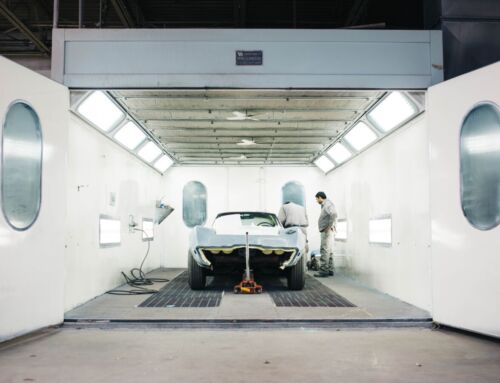Drivers that provide commercial transportation to the public need to be adequately trained and qualified and should always make the passenger’s safety a priority. Below is all the information you need to drive a commercial bus safely.
Driving a Commercial Bus Safely
Keeping the Bus Driver in Tip Top Shape
Bus drivers need to be aware of everything happening around them at all times and to get the passengers to their destination safely. In order to do this, drivers need to begin by getting the proper amount of sleep, eating well and getting plenty of exercise. Driving a bus is very demanding and the drivers need to take care of themselves in order to be safe and successful drivers.
Safety Standards
According to the Federal Motor Carrier Safety Administration (FMCSA), all passenger carriers must follow all Federal safety standards if they are driving in “interstate commerce” and meet the qualifications of commercial motor vehicle (CMV).
Meeting at least one of the following criteria qualifies as a CMV:
- A gross vehicle weight (GVSW) or gross vehicle weight rating (GVWR) of 10,001 pounds or more
- Used or designed to be used to transport more than nine passengers, which includes the driver, for a fee
- Used or is designed to be used to transport more than 16 passengers, which includes the driver, regardless of a fee
The FMCSA also requires drivers to possess a Commercial Driver’s License (CDL) if the following criteria applies:
- Vehicles with a GVW or GVWR of 26,001 pounds or more; or
- Transporting, or designed to transport, 16 or more passengers (including the driver); or
- Is used to transport hazardous materials, regardless of the vehicles size
A responsible bus driver will maintain their vehicle and perform safety checks regularly, including daily pre and post trip check lists.
These safety checks should include:
- Making sure all brakes are in good condition
- Tire pressure is appropriate
- Fluids are at the proper levels
- Components such as wipers, headlights, brake lights and turn signals are in working order
- Mirrors and windows are clean and in good condition
They should also check that fire extinguishers are present, are in proper working order and have been inspected regularly. Their bus should be clean and the seats should be in good repair.
Driving A Bus Safely
Most of all, bus drivers need to use the utmost safety on the road, checking all mirrors regularly, using turn signals, and providing plenty of space between vehicles. Drivers should always obey the speed limits and slow down and use caution in work zones. Using defensive driving tactics will always aid in preventing accidents.
And always remember to be a professional no matter where you are. Communicate with local police departments of any accidents you pass, reckless drivers on the road and road conditions.


